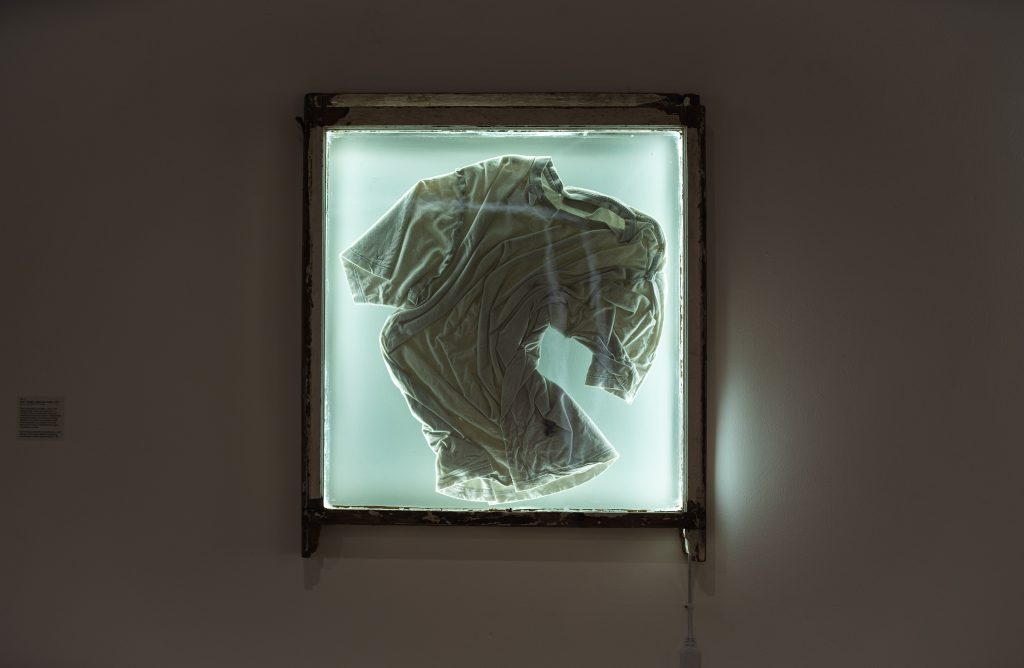After delving deeper into Shades of Noir’s resources through this Inclusive Practices Unit, I’ve discovered the wealth of information they offer academics and professionals to decolonise and educate their institutions. This educational resource has been beneficial for me to refer to throughout this unit, which I will continue to do in future.
The diversity questions on the Shades of Noir website are excellent. They are valuable tools not just for teaching practice but also for staff meetings and fostering open dialogues. Recognising the importance of such discussions in both academic and professional settings is essential.
I’m particularly impressed by the accessibility of their downloadable documents and their accessibility menu. Having been recently diagnosed with dyslexia, I’ve become acquainted with various methodologies that facilitate my interaction with content. Sadly, many institutions and organisations overlook such inclusive designs, defaulting to the traditional white background with black text, much like the UAL branding. However, Shades of Noir offers an experience that permits more efficient interaction with its invaluable content, making it an excellent feature for student accessibility.
The testimonials from students collaborating with Shades of Noir are profoundly moving. Listening to and reading their stories underscores the importance of the platform, which I will strongly recommend to all my students within my revised artefact submitted for this unit. I will also encourage my students to explore the site and get involved with SoN’s campaigns and volunteering efforts if they are able to do so.
Although I consider myself a BAME ally, I’ve never articulated my personal experiences surrounding race, unlike some white alums featured in the testimonials. There’s an intricate balance between voicing my experiences and understanding when to step back to let other voices be at the forefront, especially in conversations about race. This balance is something I grapple with continually. Many individuals closest to me, including friends, collaborators, and my partner, are PoC. Yet, I am continuously reflecting on and trying to understand my own experiences and feelings related to race.
Bibliography
Schlosser, M, (2017). ‘My Shades Experience – Mica Schlosser’ Shades of Noir. [online] Available at: https://shadesofnoir.org.uk/graduate-case-studies/my-shades-experience-mica-schlosser/ [Accessed 27th July 2023]

